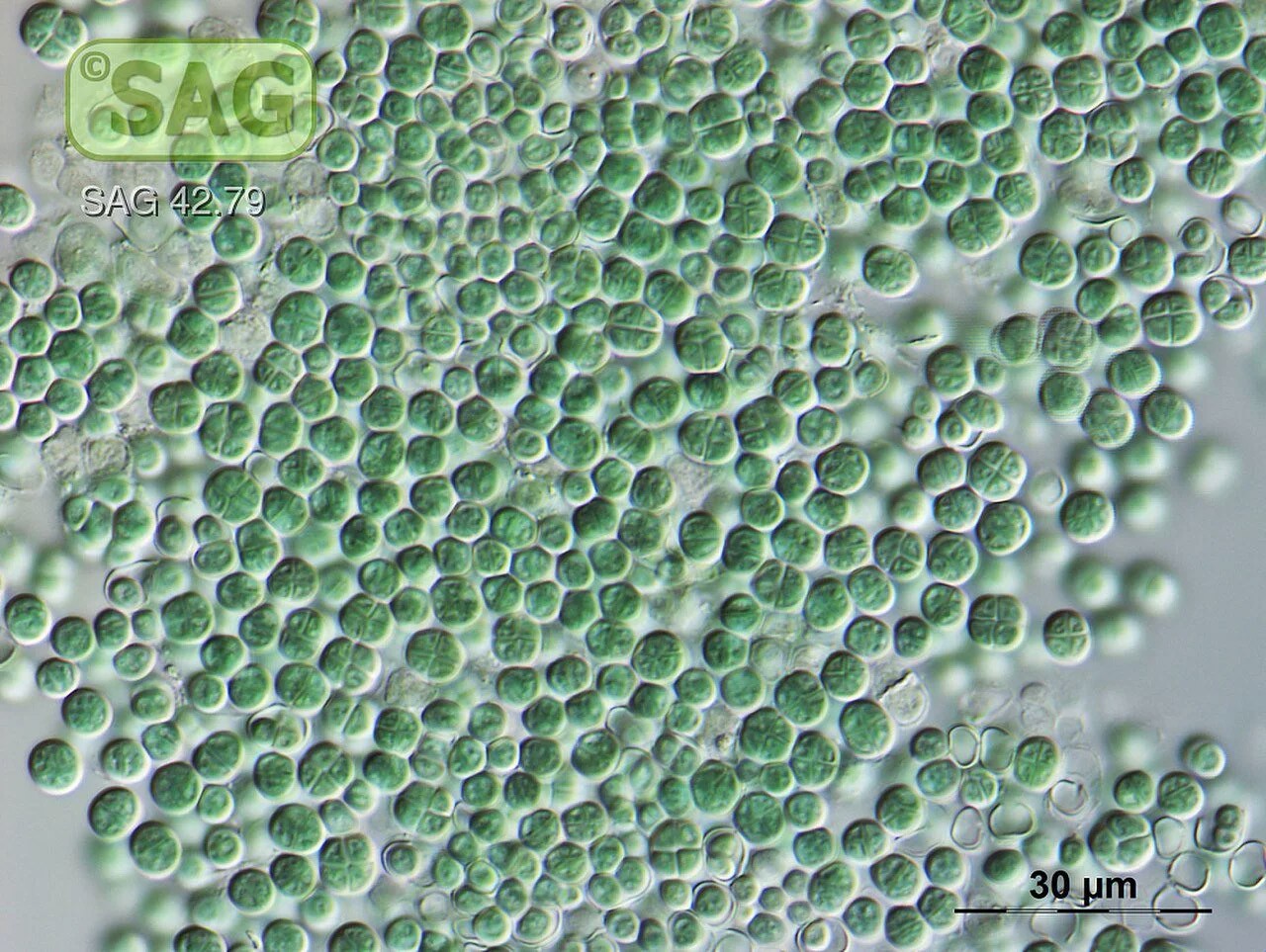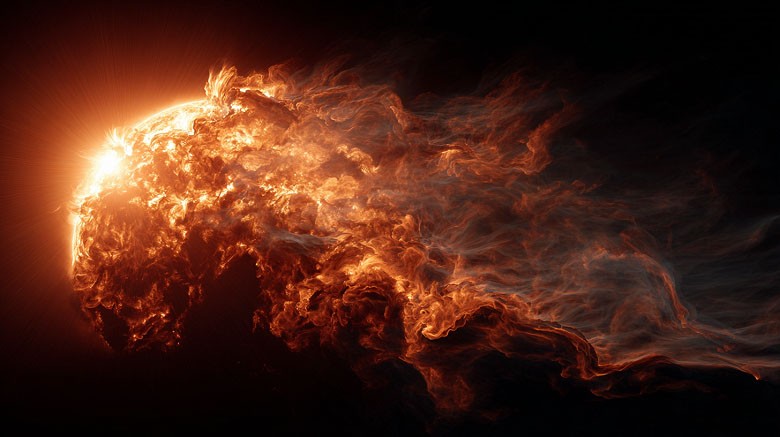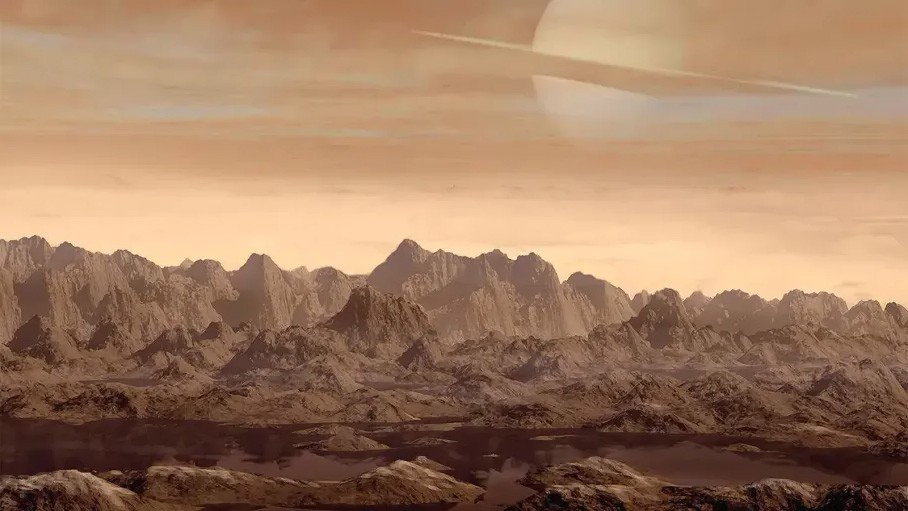Astronomers from the United Kingdom published the results of observations of the planetary system TRAPPIST-1, located at a distance of about 40 light-years from Earth. Special attention of researchers was drawn to the planet TRAPPIST-1e, located in the center of the so — called habitable zone of the star-an area within which the existence of liquid water on the planet's surface is theoretically possible. TRAPPIST-1 is an ultracold red dwarf with at least seven planets already identified. Previously obtained data made it possible to estimate the characteristics of their orbits, sizes, and potential densities, but the question of the presence of an atmosphere on these objects remained open.
A new spectral range observation has revealed signs of light absorption as it passes through the possible atmosphere of TRAPPIST-1e. The spectrum contains parameters similar to the nitrogen-rich atmosphere, which makes it similar to the Earth's main characteristics. Water vapor, carbon dioxide and methane-gases often associated with biological activity-have not yet been detected, but their search is planned for the next stages of the mission. It is also planned to simulate the possible climate of the planet and temperature conditions on its surface.
Of particular interest is the age of the planet, estimated at 7.6 billion years, which exceeds the age of the Earth. From a scientific point of view, age directly affects the probability of the development of biological life forms: the longer a planet exists in stable conditions, the higher the chance of the formation and evolution of living organisms. This makes TRAPPIST-1e one of the most promising objects in the context of astrobiological research among known exoplanets.
The combination of features — the presence of an atmosphere, its habitable zone location, and the stability of its orbit around a low — mass star‑make TRAPPIST-1e a potentially unique target for future research aimed at identifying signs of life beyond the Solar System. Continuing observations, including using new telescopes such as James Webb, will provide more accurate information about the composition of the atmosphere and possible climate scenarios on this exoplanet.













